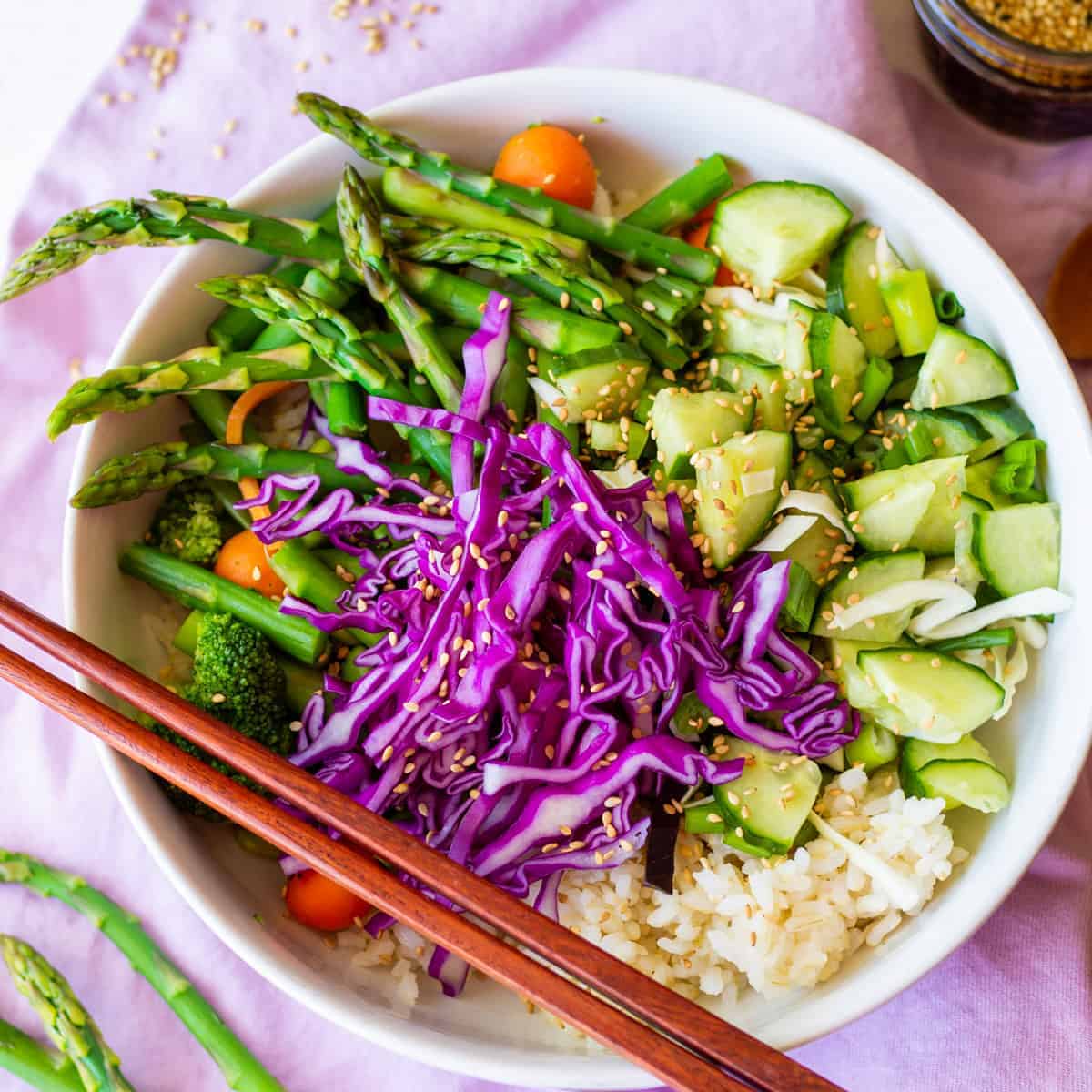Step-by-Step Guide to Creating a Delicious Vegetarian Poke Bowl

# Step-by-Step Guide to Creating a Delicious Vegetarian Poke Bowl
Poke bowls have become a popular dish worldwide, originating from Hawaii and traditionally featuring raw fish, rice, and a variety of fresh toppings. However, with the growing demand for plant-based meals, vegetarian poke bowls have emerged as a delicious and nutritious alternative. They are packed with vibrant vegetables, plant-based proteins, and flavorful sauces, making them a perfect meal for vegetarians and anyone looking for a healthy, satisfying dish.
In this step-by-step guide, we’ll walk you through how to create a delicious vegetarian poke bowl that’s both easy to make and customizable to your taste preferences.
—
## Ingredients for a Vegetarian Poke Bowl
Before we dive into the steps, here’s a list of common ingredients you’ll need to create a vegetarian poke bowl. Feel free to mix and match based on your preferences:
### Base:
– **Rice** (Sushi rice, brown rice, or jasmine rice)
– **Quinoa** (for a protein-packed alternative)
– **Mixed greens** (for a lighter, low-carb option)
### Plant-Based Protein:
– **Tofu** (firm or extra-firm, marinated or plain)
– **Tempeh** (for a nutty flavor and texture)
– **Edamame** (young soybeans, rich in protein)
– **Chickpeas** (roasted or boiled)
– **Seitan** (for a meaty texture)
### Vegetables:
– **Cucumber** (thinly sliced or spiralized)
– **Carrots** (shredded or julienned)
– **Avocado** (sliced or cubed)
– **Radishes** (thinly sliced)
– **Seaweed** (nori strips or wakame)
– **Red cabbage** (shredded)
– **Bell peppers** (thinly sliced)
– **Mango** (for a touch of sweetness)
– **Pickled ginger** (for a tangy kick)
### Toppings:
– **Sesame seeds** (black or white)
– **Green onions** (chopped)
– **Crispy fried onions** (for crunch)
– **Nori strips** (dried seaweed)
– **Crushed peanuts or cashews** (for added texture)
### Sauces:
– **Soy sauce** (or tamari for a gluten-free option)
– **Ponzu sauce** (a citrusy soy-based sauce)
– **Sriracha mayo** (for a spicy, creamy kick)
– **Miso dressing** (for a rich umami flavor)
– **Sesame oil** (for a nutty aroma)
– **Spicy peanut sauce** (for a Thai-inspired twist)
—
## Step-by-Step Guide to Building Your Vegetarian Poke Bowl
### Step 1: Prepare the Base
The foundation of your poke bowl is the base. You can choose from a variety of options depending on your preference for grains or greens.
– **Rice**: If you’re using rice, rinse it thoroughly under cold water to remove excess starch. Cook it according to the package instructions. Sushi rice is a popular choice for poke bowls because of its sticky texture, but you can also use brown rice or jasmine rice for a healthier or more fragrant option. Once cooked, let the rice cool slightly before assembling your bowl.
– **Quinoa**: If you prefer quinoa, cook it according to the package instructions. Quinoa is a great alternative for those seeking a gluten-free or higher-protein base.
– **Mixed Greens**: For a lighter option, use a bed of mixed greens like spinach, arugula, or kale. This is ideal if you’re looking for a low-carb or refreshing poke bowl.
### Step 2: Prepare the Plant-Based Protein
To make your poke bowl filling and nutritious, you’ll need a good source of plant-based protein. Here are some options:
– **Tofu**: Press the tofu to remove excess moisture, then cut it into cubes. You can either marinate the tofu in soy sauce, sesame oil, and a bit of rice vinegar for extra flavor, or pan-fry it until golden and crispy.
– **Tempeh**: Slice tempeh into thin strips and marinate it in a mixture of soy sauce, garlic, and ginger. Pan-fry or bake it until crispy and caramelized.
– **Edamame**: If you’re using edamame, simply boil or steam the beans for a few minutes until tender. You can season them with a pinch of sea salt for extra flavor.
– **Chickpeas**: Roasted chickpeas add a crunchy texture to your poke bowl. Toss them in olive oil, salt, and spices (such as paprika or cumin), then roast them in the oven at 400°F (200°C) for 20-30 minutes.
### Step